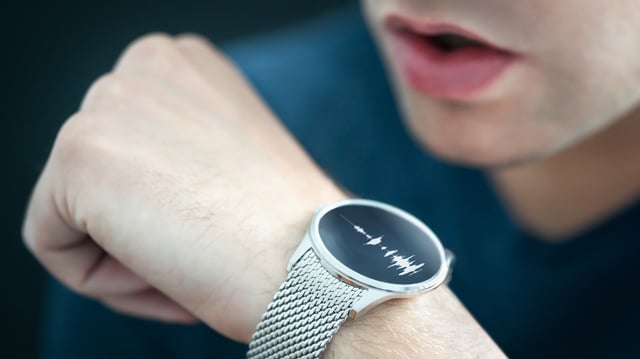Overview
- The proof-of-principle analysis relied on the public Bridge2AI-Voice dataset, which includes 12,523 recordings from 306 participants across North America.
- Harmonic-to-noise ratio variability and fundamental frequency differences clearly distinguished healthy vocal folds from benign lesions and early laryngeal cancer in male voices.
- No statistically informative acoustic features emerged from women’s recordings, underscoring the need for more gender-balanced, diverse data.
- Diagnostic subgroups were limited—122 participants with healthy vocal folds, 13 with benign lesions and 10 with cancer—restricting the study’s statistical power.
- Study authors recommend building larger, professionally labeled, multi-institutional datasets and conducting clinical validation before AI-driven voice screening tools enter pilot testing.



